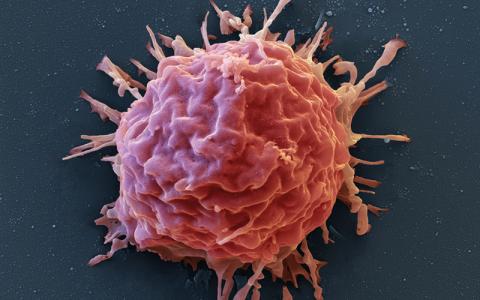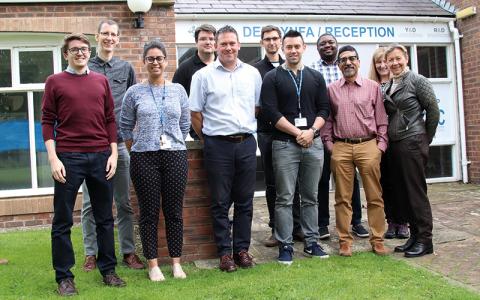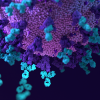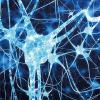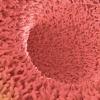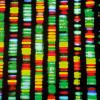July 2022
Myasthenia gravisa: A personal journey
Rashmi Rungta gives an insight into her life with myasthenia gravis – a rare long-term condition that causes muscle weakness.
Acute lymphoblastic leukaemia
Lecturer in Biomedical Science at the University of Salford Tahmina Hussain looks at leukaemia and presents a case study.
My lab: encouraging and supporting research
Professor Stephen Fôn Hughes gives a guided tour of his laboratory in Wrexham, North Wales.


